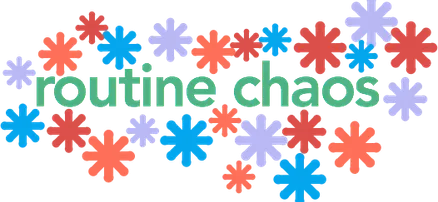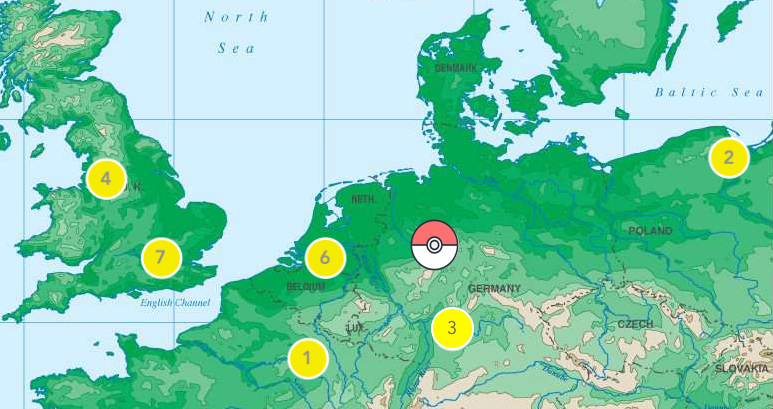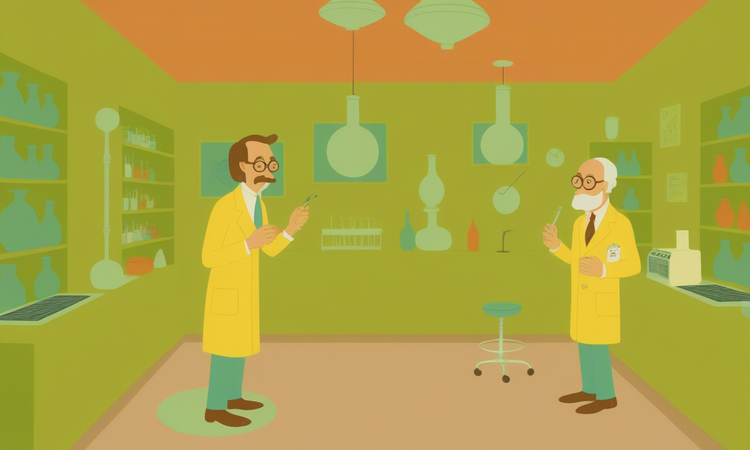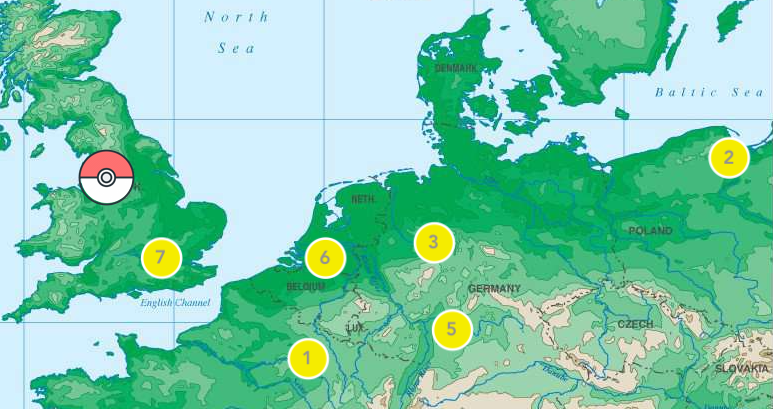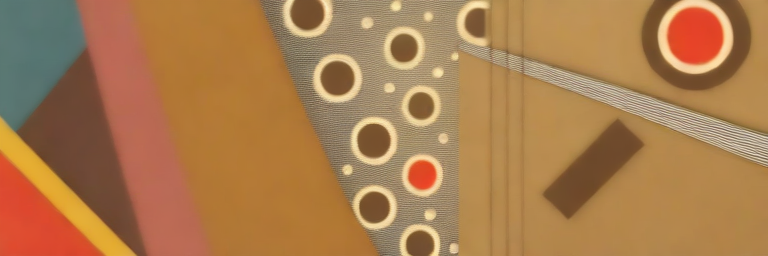The merits of experience mapping
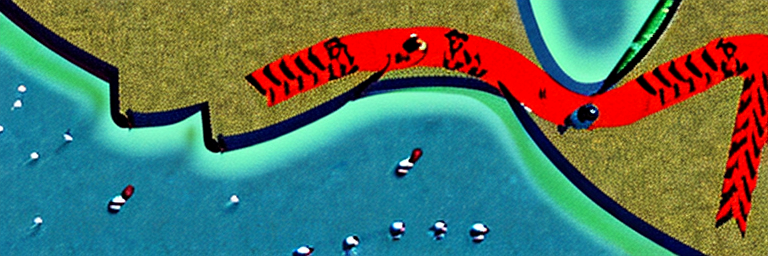
In “The Disneyfication of Schools” I inserted a brief appeal:
In this world that we live in here and now, I would love to see more schools building experience maps for their students in complement to their unit plans…because it’s not just about the information, it’s about how we experience it.
So allow me a bit of a digression on experience maps, and why & how to use them.
The level to which the experience is designed at a place like a Disney park can seem daunting for an intrepid but amateur experience designer, and one of the very legitimate critiques of that level of intentional design is that it could come across as overly standardized and inauthentic. For many products, this is a necessary tradeoff; for the work that the majority of educators do on a daily basis, much less so - the dynamic nature of the relationships within a learning environment are one of its unique benefits and affordances.
Nonetheless, a bit of deliberateness and intentionality can go such a long way, so I want to share my very basic experience map template. (I’m gonna be honest - I don’t actually love Google Slides for this, but for doing it the first time it can be intimidating to do on a new tool like Miro. But if you’re the kind of person who wants a Miro template for this, hit me up & I’ll share one.)
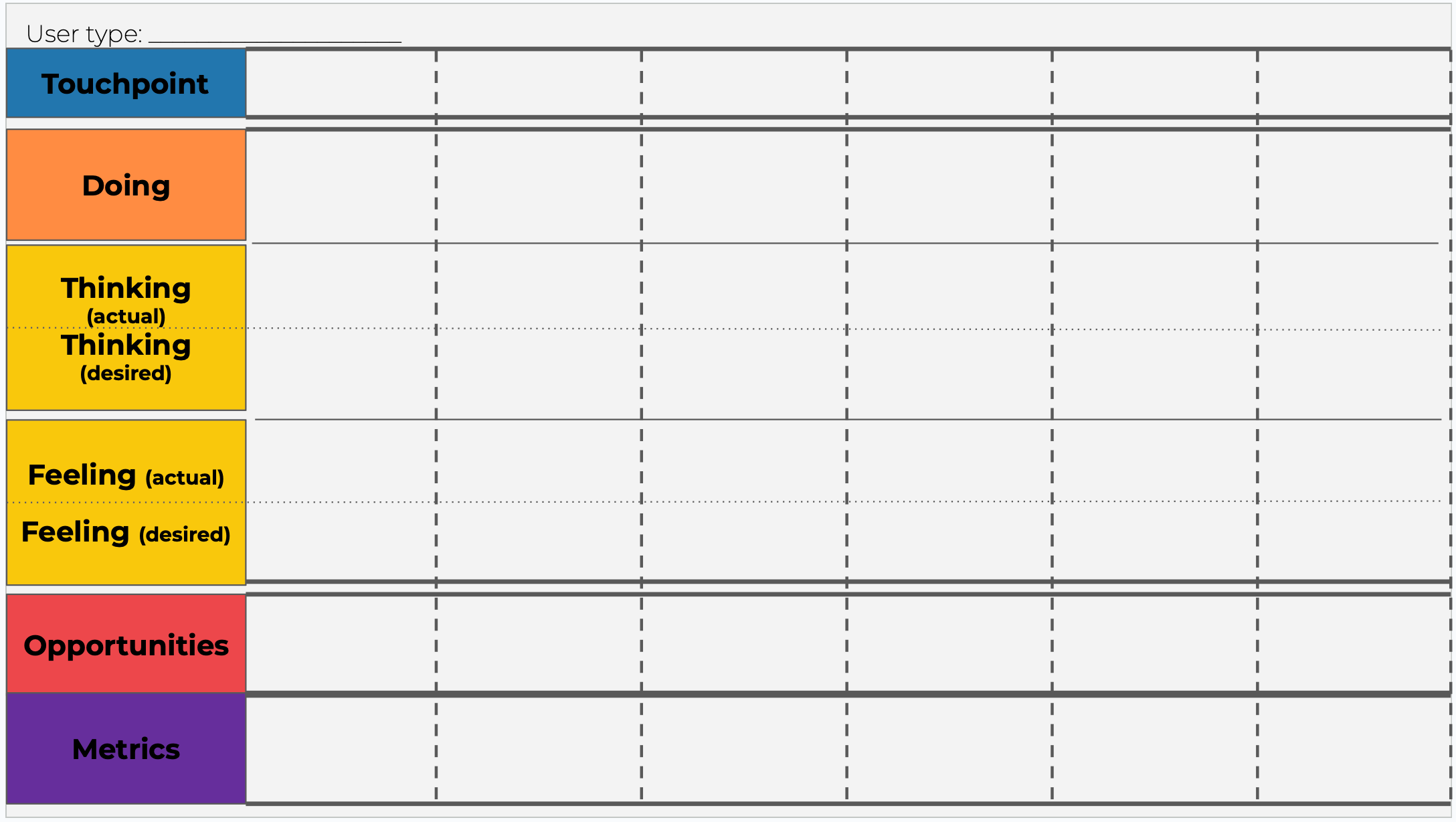
Why bother with an experience map?
The subtext here: especially when there’s already so much on educators’ plates.
You wouldn’t be hard pressed to come up with a bunch of very good reasons why to NOT map experience:
- it risks relationships and interactions becoming inorganic and false
- the whole arc of the journey is long and complex, so it will be an overwhelming & ultimately fruitless exercise
- will it really make a difference anyway?
In total candor, I have seen every one of these objections play out in real life with various products…so they are real considerations. But they aren’t inherent in any situation. You shouldn’t experience map just to experience map; but let me give you a few situations where it’s worthwhile to:
- you can identify a challenge or a major obstacle for a specific user group (if we’re thinking about schools, this might be a group like English language learners, students with IEPs, kids who are balancing a heavy academic & extracurricular load, etc). The more clearly you can define who the user is, the better.
- you are implementing a significant change in how things happen - whether in a daily flow or something even larger, being able to lay out not just the operational sequence but also how it will be experienced by people pays dividends. This is kind of the inverse of identifying an existing obstacle; it’s anticipating a potential obstacle.
- you recognize that the journey is long & complex and feels overwhelming - didn’t I just say this was an objection to why not to experience map? I did, because I understand why you might want to just avoid it. The flip side of that coin is if it feels that way for you, imagine how it feels for the people actually going through the experience. So you might just have to suck it up and dive in. In the next section, I’ll address how to not get overwhelmed.
It’s worth remembering that the experience map works hand in hand with an operational plan; they mutually enrich each other because as you start to immerse in the experience you’re taking someone through, it affects what you might actually do to deliver that experience.
How to get started
You may feel a temptation to start by taking on the whole damn thing. And you can! But probably you shouldn’t. This is an exercise you’re doing because it’s helping you to either help someone through an obstacle, prevent an obstacle in the first place, or simplify something that is unnecessarily complicated.
So, just start there. Focus in on two things:
- who is the “user persona” - essentially, who is directly experiencing this problem. You can build a pretty simple but rich user persona using this template.
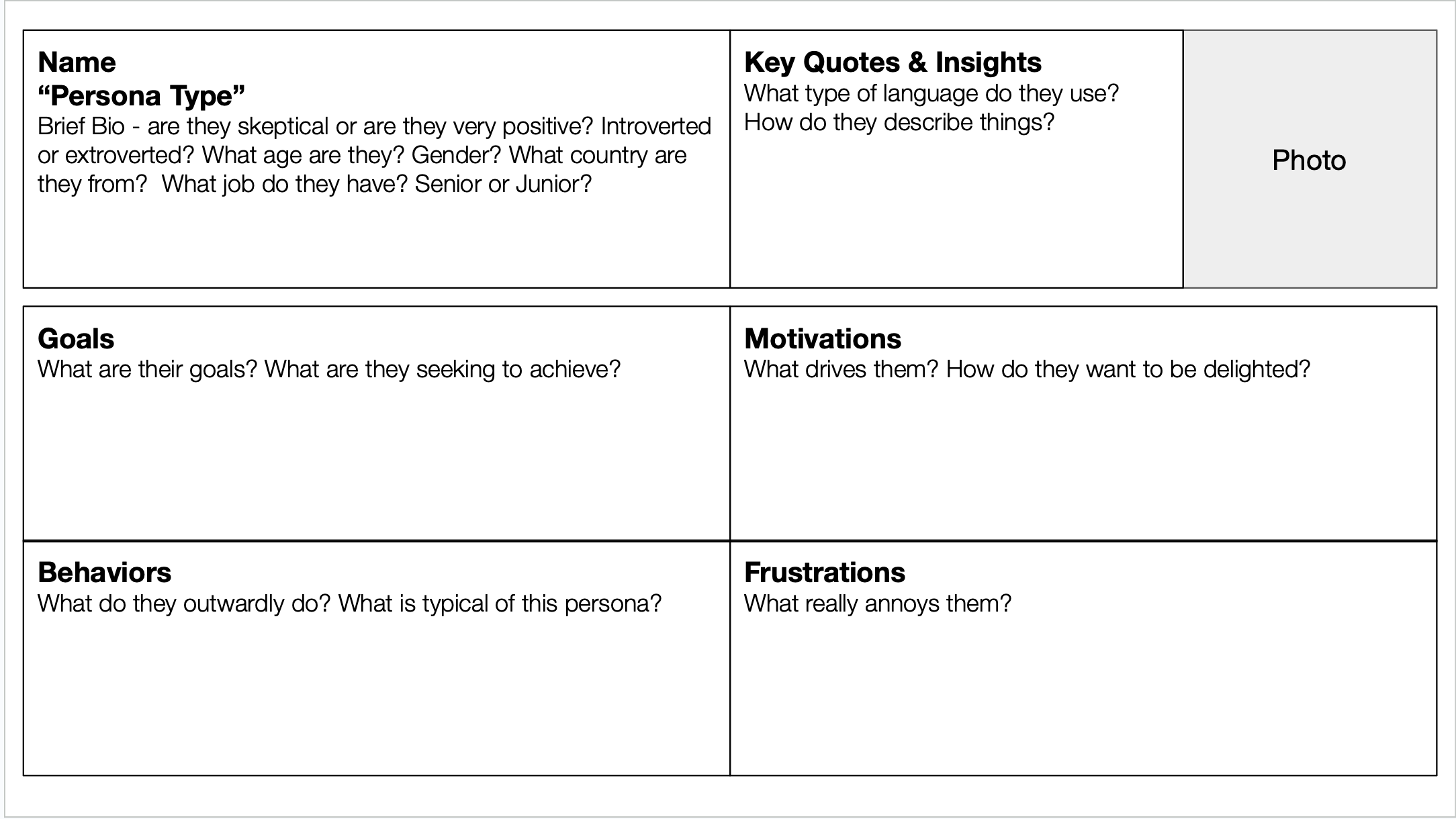
- what is the context in which the problem arises - think about this somewhat chronologically. When are they approaching the problem? When are they in the thick of it? When are they through it (either because they’ve overcome or because they’ve given up)?
Try to translate that second part into a small number of milestone events, ie specific moments that you are intentionally designing for them to interact with. Get as targeted as you possibly can.
Designing around the milestones
I am using the term “experience map” deliberately and instead of “journey map.” This may be a distinction that matters very little to most people, but experiences have an aspect of emotion to them that goes beyond the kind of operational flow that I see in most journey maps. When you build an experience map, you should be thinking about the arc of experience, moving someone through something quite akin to the rising & falling action of a story. You should be mindful & aware of what they might be thinking & feeling at every milestone along the way and how that diverges from the way that you want them to think & feel, because that divergence is where you focus your design energy. How do you engage with their emotions & motivations in order to help them move toward the outcome that they desire?
Notably, the arc of experience is not always happy happy joy joy. If all you’re playing is minor variations of that theme, then the experience quickly becomes stale. It needs to be dynamic, there needs to be change. Often, you want a sense of meaningful accomplishment. This is true in almost every field, but I think it’s especially true in education. Friction, frustration, and difficulty are not inherently negative or undesirable; what you want is to eliminate stupid and unnecessary friction, frustration, and difficulty in order to increase the motivation to engage with meaningful friction, frustration, and difficulty.
At the same time, you can’t go from 0 to 60 in the blink of an eye, so it’s helpful to not design through the experience sequentially. This is a classic place to practice backward design - start from the end and think about how someone is thinking & feeling and what they’ve done to bring the experience to a close.
From there, go to the beginning. Where are they starting from? What’s the first smallest step you want them to take, and what should they do for that first step? What do you want them to be thinking & feeling, and - especially at this beginning point - what might they actually be thinking & feeling? The gulf is most consequential here because it’s the place where they have the least trust in what you’re doing, and if you can acknowledge the reality that makes an immediate impression and builds credibility.
With the beginning and ending defined, the next place to go is to the climactic moment. A common misconception is that the ending is the climax, but it’s usually not. The end is when you resolve and consolidate everything that happened in the climax, but it doesn’t have the height of experience and feeling that happens at the climax.
Once you’ve defined those 3 points, you have the outline of your experience arc:
- From the beginning to the climax, you’re building. This will comprise the majority of the experience.
- From the climax to the ending, you’re descending. This is a smaller overall portion of the experience, but it’s every bit as important as the build up.
Start by focusing on that arc of experience. You don’t need to fully design every milestone right away. The critical pieces to get in place first are what you want the person to do, how you want them to feel, and what you want them to be thinking. It’s a bonus if you can also identify what they might be thinking and feeling at each point.
When you can lay that out from beginning to end, the next thing I pay attention to is metrics of success. I want a single thing that I can measure in some way at each milestone that tells me that people are doing what they need to do. One metric. Don’t complicate it with a bunch of different metrics or else you won’t actually be able to make sense of anything.
From there, focus on opportunities: what can happen at every milestone to support someone to think & feel in a way that they are motivated to do what they need to do? This usually starts out being very generate before it narrows down to a few things that become the core of what you actually design. Part of the reason to lay out the whole arc first is because some of these opportunities can span across multiple milestones so that each the experience feels integrated and coherent.
What’s missing from that experience map (again, hit me up if you want to see this on Miro where things can be a bit more expansive) is the actual design of the milestones, which I like to think of as the front stage & backstage actions you need to take in order to make the experience work. At each milestone there are visible things for the person to engage with (these are the front stage actions) and there are things that happen out of sight (these are the backstage actions).
This feels like a lot the first time.
Just like building any muscle. If you’re not accustoming to deliberately designing an experience, then it’s going to engage neural pathways you’re not accustomed to. Part of the reason I advocate this for educators, though, is because they’re doing so much of this intuitively so much of the time. After some initial friction in getting started, it starts to flow and the quality of experiences that they design is so rich because they have incredible depth of insight about the people for whom they are designing.
And, while I’ve said I want to be value neutral in the “What if [] took over education” series, I do want an education system where more kids have deep, rich, rigorous, meaningful experiences.
